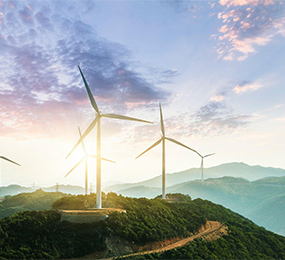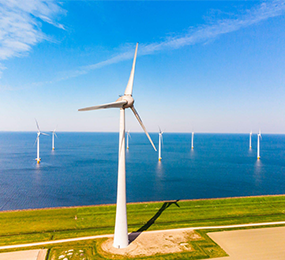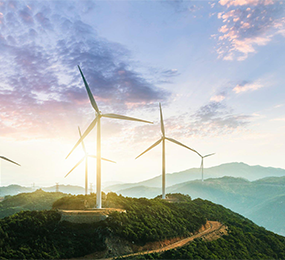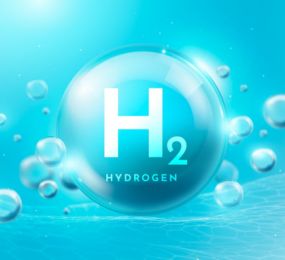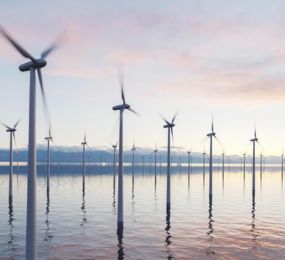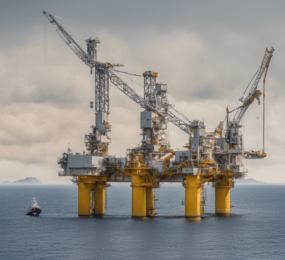The offshore wind industry is witnessing a rapid transformation, driven by technological advancements and a growing focus on efficiency and sustainability. The Internet of Things (IoT), with its interconnected network of sensors and devices, is playing a pivotal role in optimizing operations and maintenance (O&M) activities. By leveraging IoT, offshore wind farms can unlock new levels of efficiency, reliability, and cost-effectiveness.
Data-Driven Insights:
IoT devices deployed across offshore wind farms generate a vast array of data, including wind speed, turbine blade pitch, vibration levels, and temperature readings. This data can be analyzed using advanced analytics tools to gain valuable insights into turbine performance, identify potential issues early on, and optimize operational parameters.
Predictive Maintenance:
One of the most significant benefits of IoT is its ability to enable predictive maintenance. By analyzing historical data and identifying patterns, IoT-enabled systems can predict equipment failures before they occur. This allows for proactive maintenance scheduling, minimizing downtime and reducing the risk of unexpected outages.
Remote Monitoring and Control:
IoT enables real-time remote monitoring of offshore wind farms. Operators can track turbine performance, identify anomalies, and diagnose issues from a centralized control center. This reduces the need for frequent offshore visits, saving time and costs. Additionally, IoT-enabled systems can automate certain maintenance tasks, such as blade cleaning or lubrication, further enhancing efficiency.
Enhanced Safety:
IoT can also play a crucial role in improving safety in offshore wind operations. By monitoring environmental conditions and detecting potential hazards, IoT-enabled systems can alert operators to safety risks, allowing for timely interventions. Additionally, IoT can be used to track the location and status of personnel offshore, ensuring their safety and well-being.
Addressing Challenges:
While the potential benefits of IoT are significant, there are also challenges to be addressed. Ensuring reliable connectivity in the harsh offshore environment, data security, and the integration of IoT devices with existing infrastructure are key considerations.
The Future of Offshore Wind O&M:
The integration of IoT is a key trend shaping the future of offshore wind O&M. As IoT technology continues to evolve, we can expect to see even more innovative applications. For example, the combination of IoT with artificial intelligence (AI) can enable more advanced predictive analytics and automated decision-making.
In conclusion, the Internet of Things is revolutionizing offshore wind operations by providing valuable data insights, enabling predictive maintenance, and improving efficiency and safety. As the industry continues to grow, the adoption of IoT will become increasingly essential for ensuring the long-term success and sustainability of offshore wind energy.
To register or learn more about the Forum please check here: https://www.leadventgrp.com/events/4th-annual-offshore-wind-operations-and-maintenance-forum/details
For more information and group participation, contact us: [email protected].


